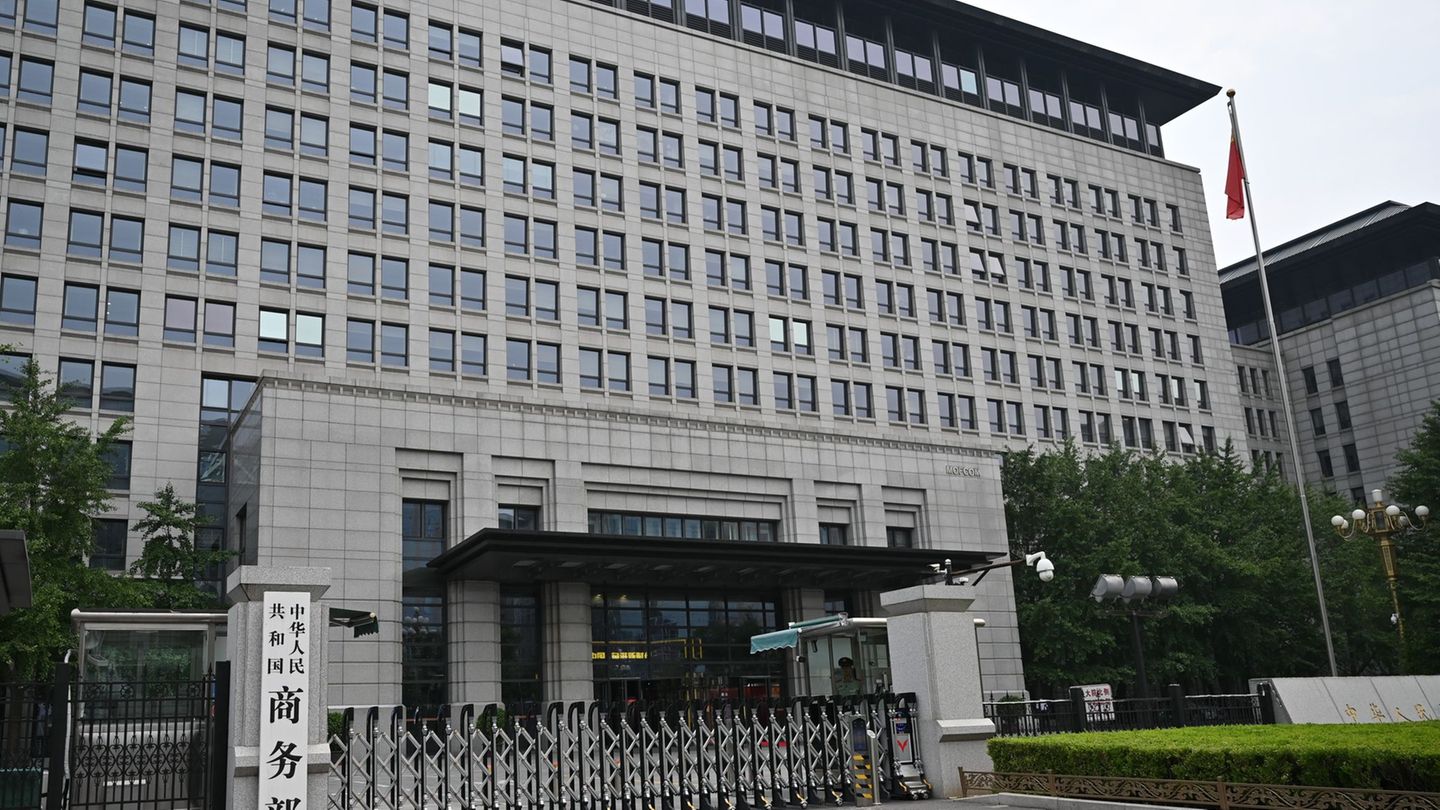Upper Austria is concreted over. “An impression that many get when they commute between Linz and Wels,” says Provincial Councilor Markus Achleitner (VP). However, the settlement pressure in the central area does not reflect the actual spatial development in Upper Austria.
In a background discussion yesterday, Achleitner presented current figures on land use and zoning in the state. Accordingly, 90.3 percent of the state area is grassland, and only 5.1 percent of the area is building land. A proportion that has changed only slightly since 2018. “Building land itself is currently only 41 percent sealed,” says Achleitner. The building land reserves (dedicated, undeveloped building land) would also decrease annually and are currently 19 percent of the total dedicated building land. “We don’t want the land register to become a savings book. If a municipality has a particularly large number of building land reserves, it will definitely be difficult with new dedications,” says the provincial councillor. Last year there were 1344 approval notices according to the zoning plan, compared to 31 refusal notices. “There is more, but due to clear negative statements, many procedures are stopped by the municipalities in advance,” says the Economics Council.
Reasons for refusal, as they previously existed in the clearing in Ohlsdorf, are “suggestions for improvement” and would not mean the end of a procedure. “The excitement about certain clearings is absolutely exaggerated,” says Achleitner, alluding to Ohlsdorf. Mainly because there is an obligation for replacement afforestation. “Reforestation needs a new decision. There’s no such thing as buying your ransom from reforestation, that would be one thing above all else: criminal,” says Achleitner.
Source: Nachrichten




